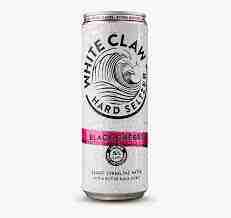Are hydrocolloid bandages good for acne?
Are hydrocolloid bandages good for acne?
For those with sensitive skin, hydrocolloid bandages are a useful, inexpensive option for acne. They’re available at any drug store typically labeled as hydrocolloid bandages or blister repair, but some companies now are referring to them as acne blemish covers. Larger sheets of the bandages can be cut to size.
How long should you leave a hydrocolloid dressing on for acne?
Hydrocolloid pimple patches have no side effects on people with normal skin. These waterproof patches allow you to wash your face without removing them. They can easily be left applied on your face for 5 days without causing any harm.
Do hydrocolloid patches work on unpopped pimples?
That’s because in order to work, hydrocolloid patches require an open, oozing lesion. Most acne, unless you’ve picked or popped it, is not that. Brauner does concede that they could be helpful as a barrier to keep you from picking.
When should you not use a hydrocolloid dressing?
Hydrocolloid dressings are not suitable for all types of wounds. In particular, these dressings should not be used on wounds that are infected or require drainage. Hydrocolloid dressings are not ideal for wounds that require regular assessing as it can be difficult to see the wound without removing the dressing.
Why do hydrocolloid patches turn white?
Hydrocolloid dressings contain gel-forming agents. When you put an acne patch over your skin, it starts to absorb wound fluids and change into a jelly-like mass, gradually turning the patch white. Once the patch has turned white, it is time to take it off and put on a new one if necessary.
Is salicylic acid better than hydrocolloid?
Because salicylic acid is an exfoliant, Dr. Garshick tells us, it helps to unclog the pores and improve the appearance of blemishes. Dr. Garshick also says that hydrocolloid patches tend to work best for cystic, inflamed breakouts while salicylic acid patches work best for blackheads and whiteheads.

